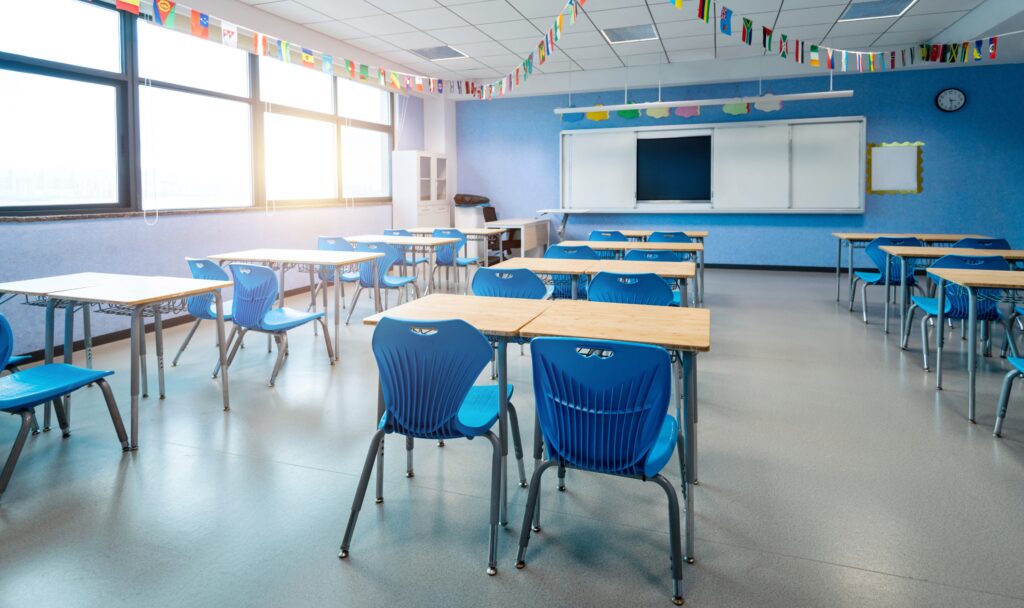
Recent advancements in artificial intelligence have demonstrated that smaller language models can outperform their larger counterparts in mathematical reasoning tasks. This development challenges the prevailing notion that increasing model size is the primary path to enhanced performance.
Researchers at Hugging Face introduced a novel approach where small models, such as Llama-3.2-1B and Llama-3.2-3B, outperformed significantly larger models like Llama-3.1-8B and Llama-3.1-70B in solving mathematical problems. This achievement was facilitated by implementing a “reasoning out loud” strategy, where the smaller models generate intermediate steps leading to the solution. A specially trained verifier model, Llama-3.1-8B, evaluates these steps, ensuring accuracy and mimicking a chain-of-thought process.
This methodology allows smaller models to handle complex tasks effectively by dedicating more computational resources during the reasoning process. Consequently, these models can be deployed on devices with limited memory, such as smartphones, making advanced AI capabilities more accessible and cost-effective.
In a parallel development, Microsoft’s Phi-4, a 14-billion-parameter model, has demonstrated superior performance in mathematical reasoning, surpassing even larger models. Phi-4 achieved an unprecedented 91.8 points out of 150 on recent American Mathematics Competition problems, outperforming Google’s Gemini Pro 1.5, which scored 89.8 points. This success underscores the potential of optimizing data and training processes over merely increasing model size.
Further supporting this trend, the TinyGSM project introduced a synthetic dataset of 12.3 million grade school math problems paired with Python solutions, generated entirely by GPT-3.5. Fine-tuning on this dataset enabled a duo of 1.3-billion-parameter models to achieve 81.5% accuracy on the GSM8K benchmark, outperforming existing models that are orders of magnitude larger.
Similarly, the Orca-Math project developed a 7-billion-parameter model that achieved 86.81% accuracy on the GSM8K benchmark without the need for multiple model calls or external tools. This was accomplished through a high-quality synthetic dataset and iterative learning techniques, enabling the model to practice solving problems and learn from feedback.
These developments indicate a paradigm shift in AI research, emphasizing the efficiency and effectiveness of smaller, specialized models. By focusing on high-quality data and advanced training methodologies, researchers are enabling smaller models to perform complex tasks traditionally reserved for larger systems.
The implications of this shift are significant. Smaller models require less computational power and memory, reducing costs and energy consumption. This efficiency facilitates the deployment of advanced AI capabilities across a broader range of devices, including smartphones and other portable electronics, democratizing access to sophisticated AI tools.
The success of these models in mathematical reasoning tasks suggests potential applications in education, finance, and engineering, where problem-solving and analytical skills are paramount. The ability to deploy efficient AI models on personal devices could lead to personalized tutoring systems, enhanced financial analysis tools, and improved engineering design software.



